Shin splint can be a frustrating and painful situation for active men in the United States, especially for those who love running, athletics, or gymnastics. The common overuse injury has an impact on the lower legs and can make even simple projects uncomfortable. Wearing compression socks, which are known to help with direct pain and back healing, is one of the recommended solutions. In order to get the best results, however, what is the most elongated way of wearing them?
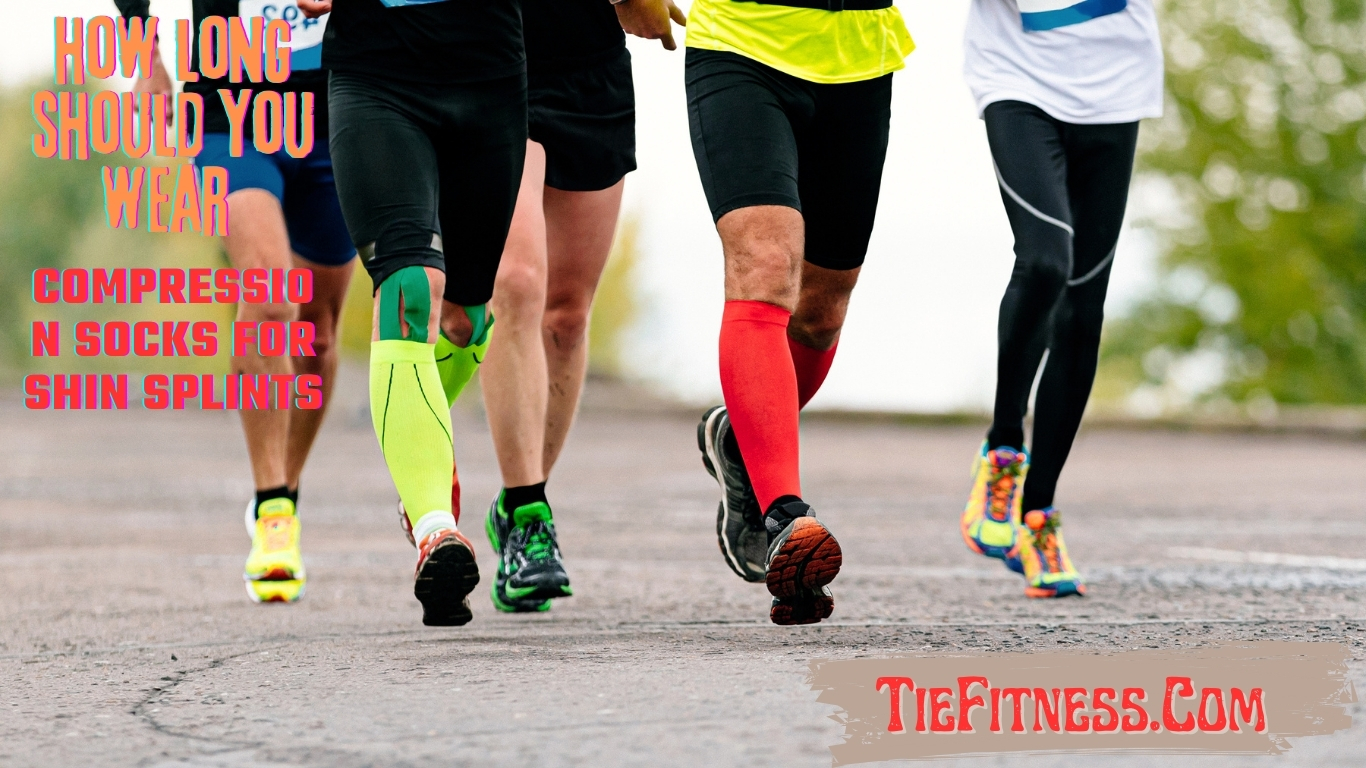
The present exhaustive usher dives into everything you need to know about wearing compaction socks for shin splints, from the science behind their effectiveness to real advice on selecting the correct pair. Allow ’em to slip down a little by little.
Contents
What Are Shin Splints and Their Causes?
Understanding Shin Splints
Shin splint, also known as medial tibial stress syndrome, occurs when the muscle, tendon, and bone tissues around the shin become inflamed. The condition may be characterized by a sharp, otherwise dull pain on the inner verge of the tibia, which is often worsened during any subsequent material operation. If untreated, shin splints may disrupt daily activities and limit athletic performance.
Causes of Shin Splints
Shin splints are usually caused by repeated stress to the shin bone and surrounding tissues. A number of factors assist the current form.
- Overuse: Activities such as running, jumping, or hiking can lead to overworked muscles and tendons.
- Improper Footwear: Shoes lacking proper cushioning or support can increase the impact on your shins.
- Flat feet or otherwise high arches Biomechanical problems may cause asymmetric stress distribution, primarily to cause pain.
- A sudden increase in workload, which does not require adequate preparation, instantly increases the exercise routine and forces you to stand on your feet.
Addressing these causes with appropriate interventions can help prevent shin splints from recurring.
How Compression Socks Help With Shin Splints
The Compaction sock is a well-known device for monitoring shin splints, and it is paid for its ability to increase circulation, reduce swelling, and facilitate recovery.
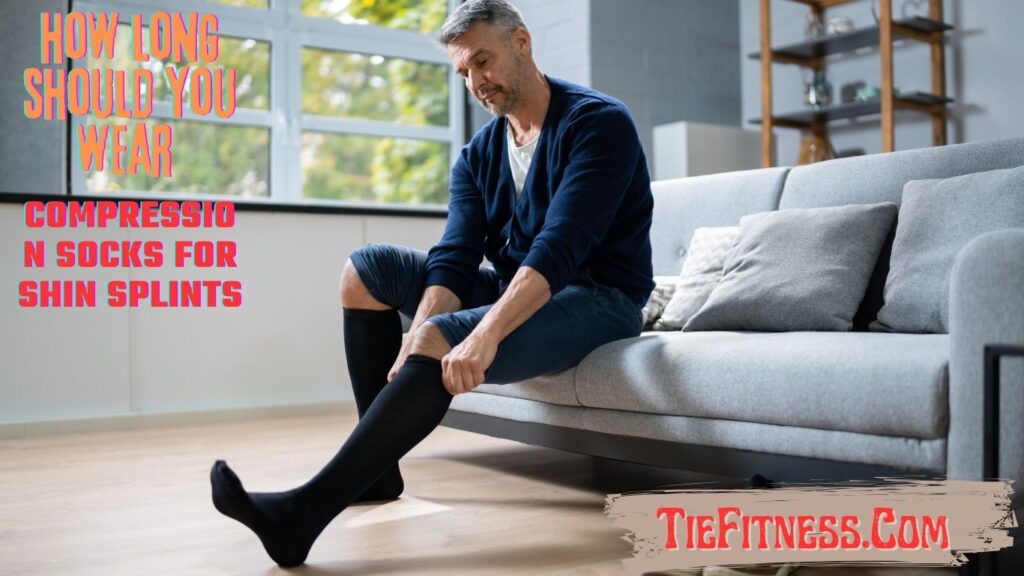
The Science Behind Compression Socks
Compaction socks apply calibrated pressure to the legs, causing them to tighten near the ankle and gradually loosen it more and more. The present design facilitates the return of venous tax by impeding the blood flow back to the heart, improving oxygen transport to the muscle, and reducing the buildup of lactic acid. Furthermore, improved blood flow contributes to the reduction of swelling and inflammation, which are central to the management of the shin splint.
Benefits for Active Men
For men with active lifestyles, compression socks offer several advantages:
- Enhanced Performance: They stabilize muscles, reducing vibrations and minimizing fatigue during intense workouts.
- Shorten recovery time by facilitating circulation, the compaction sock facilitates quick recovery from muscle tenderness and inflammation.
- They can be worn throughout the day to provide constant support and pain relief during long shifts, travel, or everyday tasks. Such support makes the compaction sock a simple, flexible option for men who manage with a shin splint.
How Long Should You Wear Compression Socks for Shin Splints?
Depending on the stage of the project, the condition of the shin splints, and the overall recovery needs, the duration of the use of the compaction sock depends. Let us take a detailed look at the most common scenario.
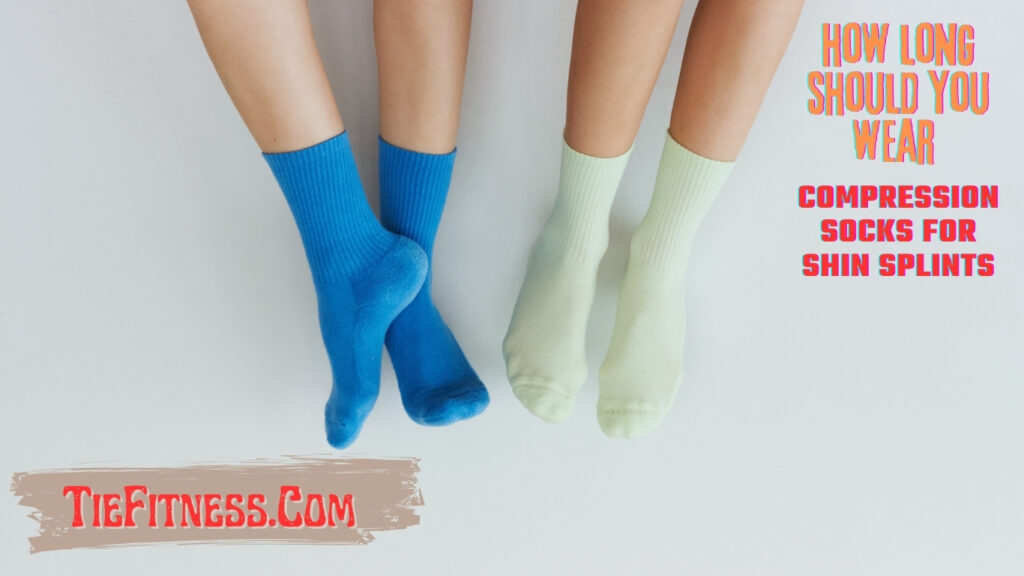
During Exercise
Wearing a compression sock during body movements can help reduce muscle vibration and improve circulation. For gentlemen wearing shin splints, they must be worn throughout the entire exercise session to ensure uninterrupted support and to minimize the risk of further strain or injury.
Post-Workout Recovery
The Compaction sock is an efficient tool for recovering after exercise. They’re supposed to be blushing with external toxin, reducing swelling, and relieving pain. Most experts recommend wearing them for 2 to 4 times after exercise to maximize their benefits.
Chronic or Severe Shin Splints
For persistent shin pain, prolonged use may be necessary. Compaction socks can be worn for up to 8 hours at a time during normal tasks, contributing to continuous relief, and healing. The current is particularly helpful to gentlemen who are on their feet during the warmer seasons.
All-Day Use
In humans who are active in their work, wearing compression socks for 8 to 12 hours a day can prevent swelling, improve comfort, and facilitate recovery. Nevertheless, it is important to remove them occasionally to allow your skin to breathe and circulate properly.
Sleeping
Wear a compression sock while sleeping. Nay is not recommended in academic writing unless explicitly indicated by a healthcare supplier. Prolongation of compaction without movement is likely to restrict blood flow rather than increase it.
Quick Reference Table: Compression Sock Wear Times
| Scenario | Recommended Wear Time | Purpose |
|---|---|---|
| During Exercise | Entire workout session | Support and vibration reduction |
| Post-Workout Recovery | 2-4 hours | Reduce inflammation and soreness |
| Severe Shin Splints | Up to 8 hours | Continuous relief and healing |
| All-Day Use | 8-12 hours | Prevent swelling and discomfort |
| Sleeping | Not recommended | Avoid restricted circulation |
How to Choose the Right Compression Socks
Compression Level
Compression socks that provide comfort and effectiveness are crucial. Let me tell you:.
Compression socks come in various pressure levels, measured in millimeters of mercury (mmHg):
- Mild Compression (8-15 mmHg): Ideal for general fatigue and mild discomfort.
- Moderate Compression (15-20 mmHg): Suitable for mild shin splints and daily wear.
- Firm Compression (20-30 mmHg): Recommended for severe shin splints, intense activities, or medical needs. Choosing the right level depends on your specific symptoms and activity requirements.
Size and Fit
Recommended for severe shin flexures, intense workouts, or medical emergencies that require firm compression (20-30 mmHg). The appropriate level is determined by your specific symptoms and activity demands.
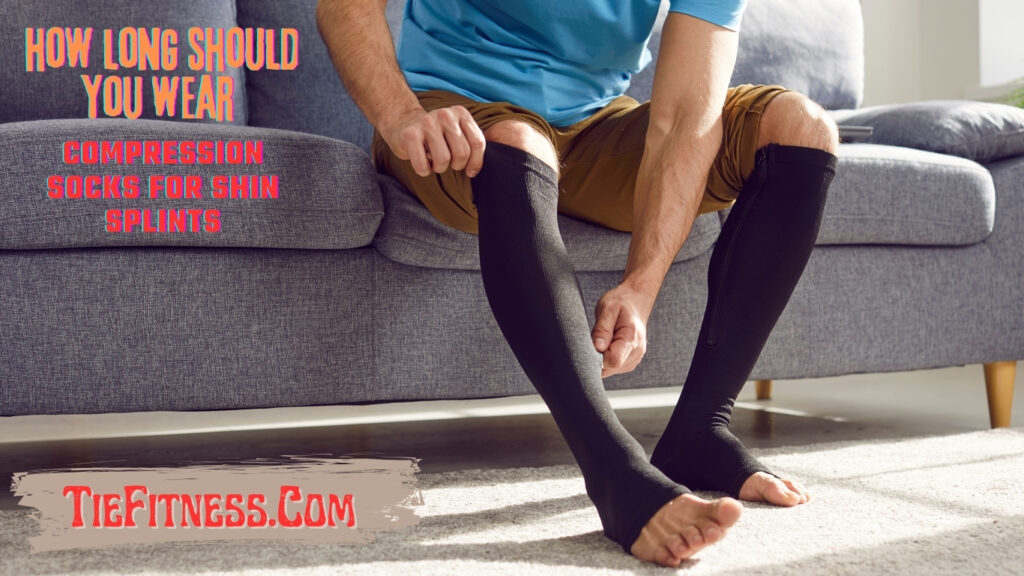
Material
Compression is best achieved through fitting. Socks that are loosely made can hinder blood flow or provide inadequate cushioning. Measure your calf circumference and shoe size, then use the sizing chart provided by the manufacturer to determine your ideal size.
Brand Recommendations
The use of compression socks made from breathable materials such as nylon, spandex, or merino wool provides comfort during prolonged usage. These materials prevent the formation of sweat and minimize skin irritation.
Additional Tips for Managing Shin Splints
Among the top-quality compression sock brands are CEP, Zensah, 2XU, and Physix Gear Sport. The following brands provide a diverse selection of products to suit different needs and activities.
Even though compression socks are a useful aid in managing the symptoms of various shin fungus infections, they can be utilized with greater effectiveness. Here are additional tips:
- To heal your body, take a break from strenuous exercises to rest and recuperate.
- To improve flexibility and muscle strength, try calf stretches and exercises that also reduce the strain on your shins.
- Correct Footwear: Get your feet in the right running shoes with good cushioning and arch support to minimize pressure.
- Apply ice packs to the affected area for 15-20 minutes to alleviate inflammation and pain through icy therapy.
- Gradual Progression: Don’t make sudden spikes in exercise or long duration to avoid putting on extra weight and strain on your shins. If you adopt these behaviors, it will be easier to manage shin splints and lower the risk of them coming back.
Conclusion
The Compaction sock is a valuable tool for shin splint supervision, contribution support, minimizing pain, and support recovery. Whether you wear them for a long time depends on your specific needs, whether you’re exercising, recovering, or doing ordinary tasks. Compaction socks, together with other treatments such as rest, stretching, and proper footwear, may help you remain active and painless.
Don’t let the shin splint slow you down; take careful steps to manage your status and keep moving forward. You’ll find relief and support to do the things you love, together with appropriate approaches and reliable use of compaction socks.

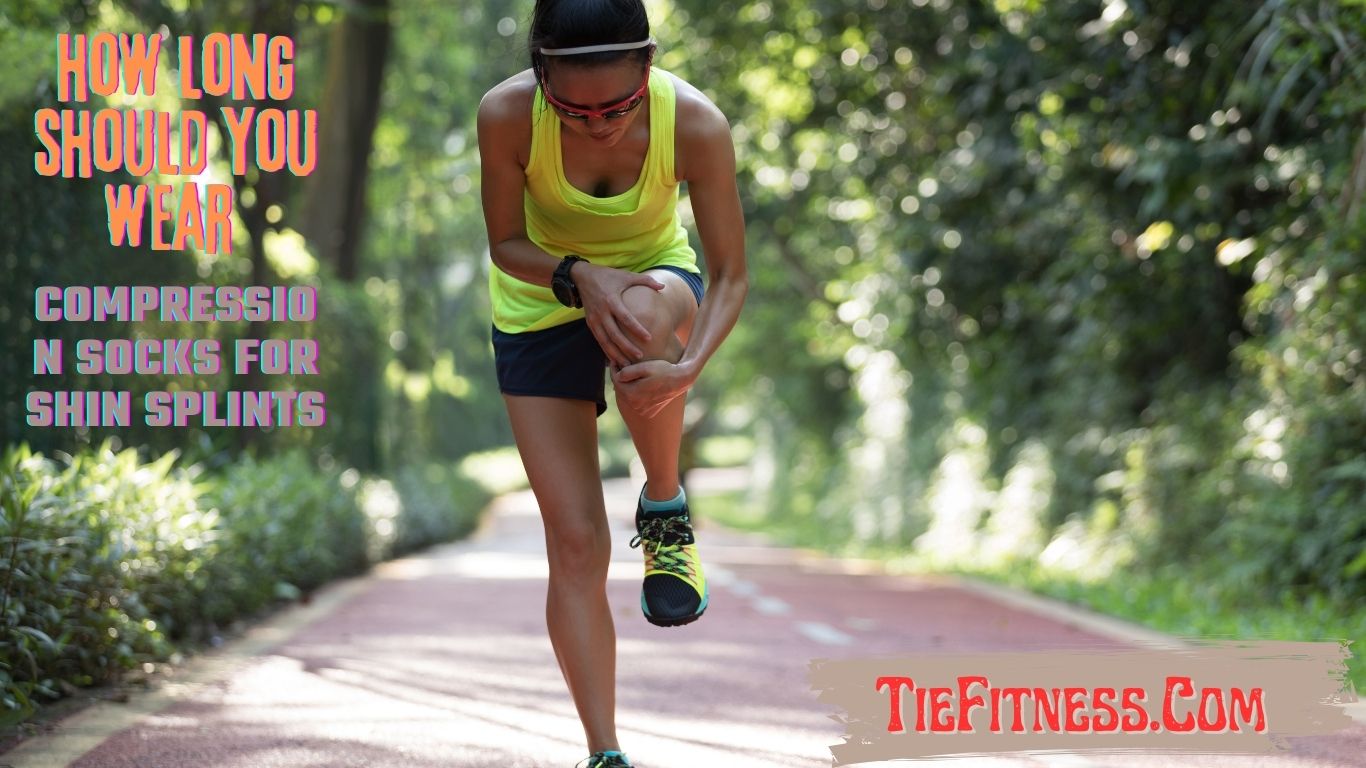
1 thought on “How Long Should You Wear Compression Socks for Shin Splints?”